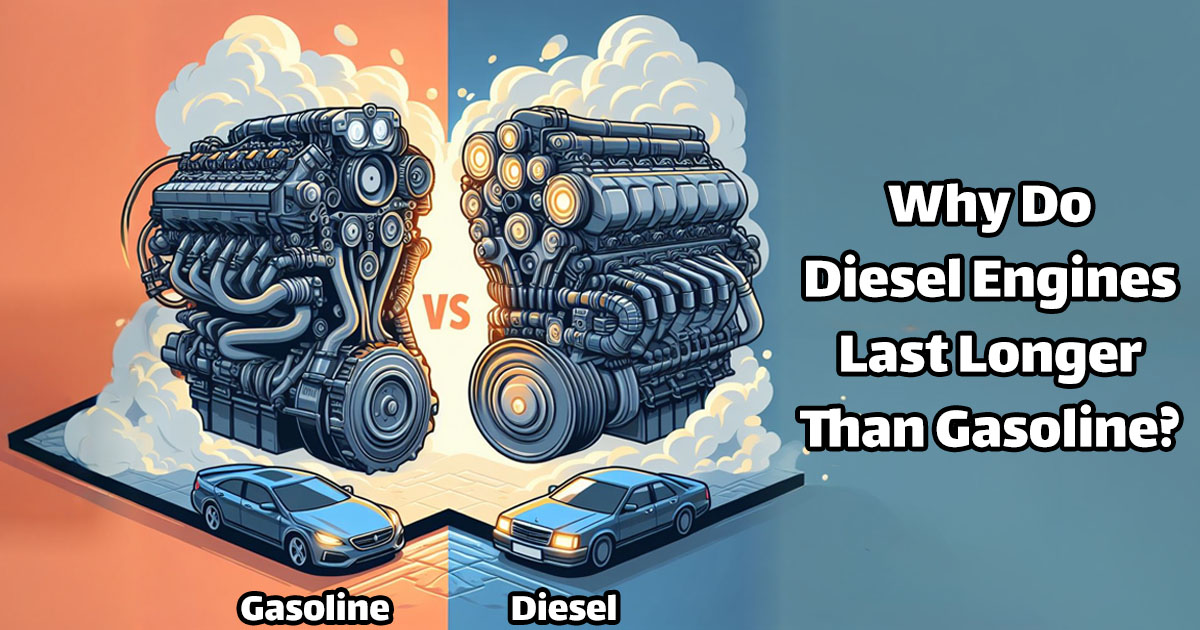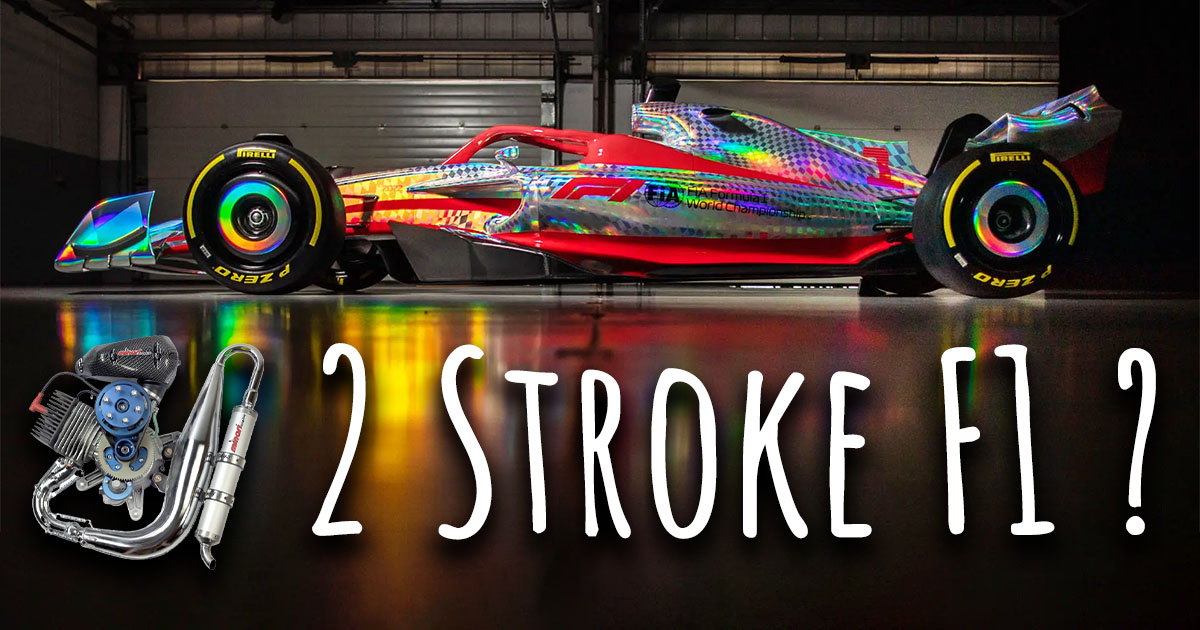
An unexpected recommendation from the Formula One Chief Technical Officer Pat Symonds was to move F1 four-stroke engines to two-stroke engines. The usage of two-stroke engines in racing dates back to 1926 when they were first introduced.
The FIA has put together a group of engineers, engine builders, and F1 managers to find a solution for the future, including Audi and Porsche, the two probable additions to the racing series. However, it has been determined that the next generation of Formula One engines would still use turbocharging and hybrid systems, but the rest of the specifications have yet to be finalized.
There are certain benefits to the two-stroke design that were sacrificed to the four-stroke counterparts when they were first introduced.
Let’s find out what are those advantages that the F1 cars will gain by switching to 2-stroke engines.
Two-Stroke Advantages
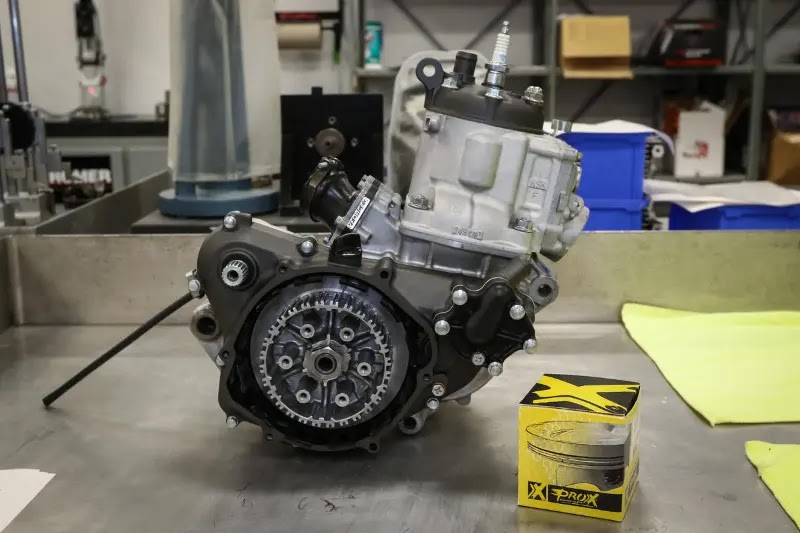
Higher Power:
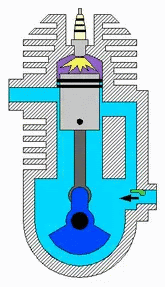
Power and compression strokes are all that is required in a two-stroke engine to create power, but four-stroke engines require intake, compression, combustion, exhaust. Thus, a two-stroke engine generates power with each engine’s revolution, whereas four-stroke engines create power with every two engine revolutions, making the two-stroke engine twice as powerful as a four-stroke unit of comparable displacement.
Simple Design Layout:
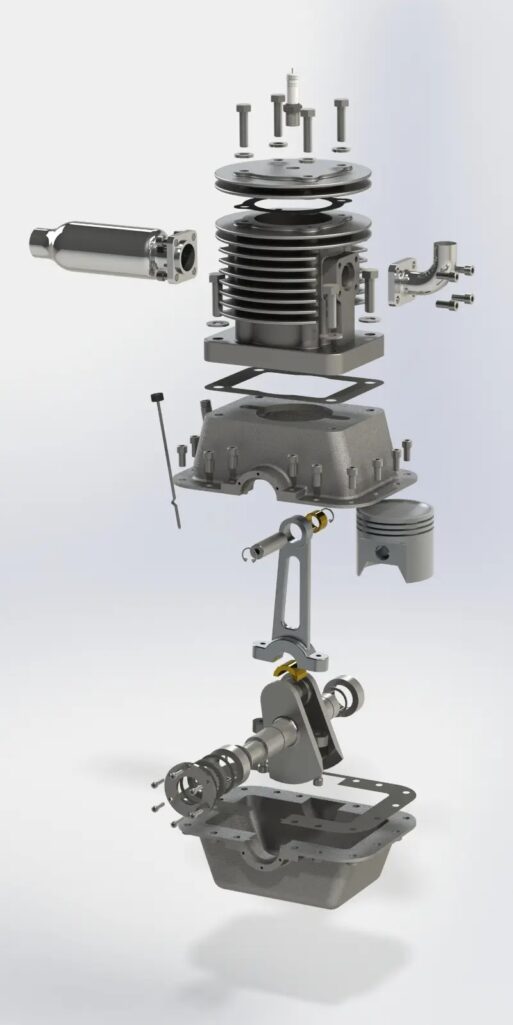
As opposed to a four-stroke engine, two-stroke piston-port engines don’t require a valvetrain since the piston itself accomplishes the work of a valve. The exhaust and intake ports open and shut as the piston moves. A two-stroke engine’s layout affects not just the cylinder volume and pressure but also the crankcase pressure.
The pressurized air-fuel mixture then rushes to the lower cylinder pressure as the piston goes back up for the compression stroke. The process repeats itself after that.
2025 F1 Vision (Lower Cost):
One of the most significant advantages of a two-stroke engine is its simplicity and weight savings over a four-stroke engine, both of which translate into lower production costs. This is in line with Formula One’s goal for 2025, which intends to reduce costs significantly.
Now that we have figured out the desire behind F1 switching to 2-stroke engines, let’s find out things that could stop them from doing that.
Two-Stroke Disadvantages
Scavenging:
Scavenging is the process of refueling a cylinder with a new mixture of air and gasoline. During the piston’s power stroke (when it lowers), both the exhaust port and intake port are open, which means that the exhaust and intake processes overlap, and not all the exhaust gases are replaced with a new mixture.
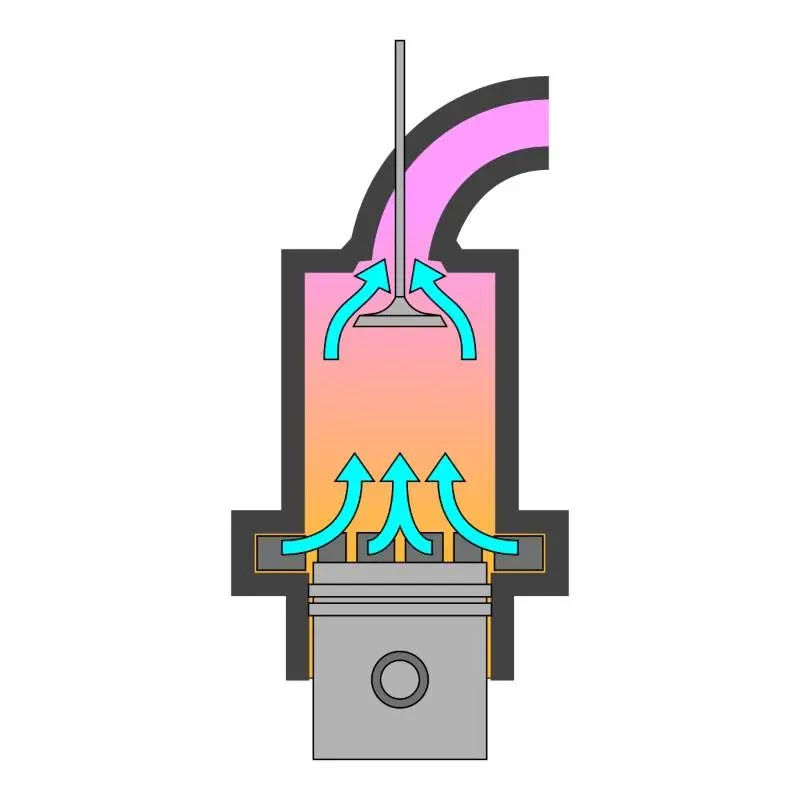
As a result, the new air-fuel mixture takes up less of the cylinder’s space, resulting in less powerful combustion than in a four-stroke engine. Because both ports are open at the same time, a small amount of intake air and fuel may escape via the exhaust port. Because of this, two-stroke engines are significantly less effective than four-stroke engines.
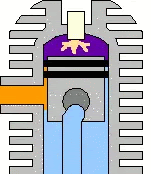
In order to overcome this problem, several two-stroke engines utilize a variety of techniques, including offset transfer ports and pistons with unique shapes.
Not Environment Friendly:

The two-stroke engine’s lubricating system is to blame for this issue. The air-fuel mixture of a two-stroke engine passes via the crankcase, but a four-stroke engine has its own lubricating system. Fuel and air have to mix with the oil that is on the engine’s bottom, which then burns with the mixture, lowering efficiency even further.
It’s why two-stroke engines emit blue clouds as they’re starting up. Since the separation isn’t precise, two-stroke engines often burn oil as part of their operating mechanism, even though most of the oil adheres to the crankcase once inside.
A two-stroke engine is less expensive than a four-stroke engine, but it does not achieve carbon neutrality. Furthermore, by 2025, all vehicles will be powered by alternative energies. Formula One is considering making synthetic fuels, and Porsche is already working on it. Carbon-neutral fuel is a costly procedure that may not be countered by the simplicity of two-stroke engines that are inefficient by design.
Ferrari Design Solved the Problem
Ferrari had simply added an oil pan to fix the oil-burning problem, like on a four-stroke engine. However, this meant that the air entering the cylinders was not compressed by passing through the crankcase. This necessitated the addition of a supercharger, which pressurizes the intake air.
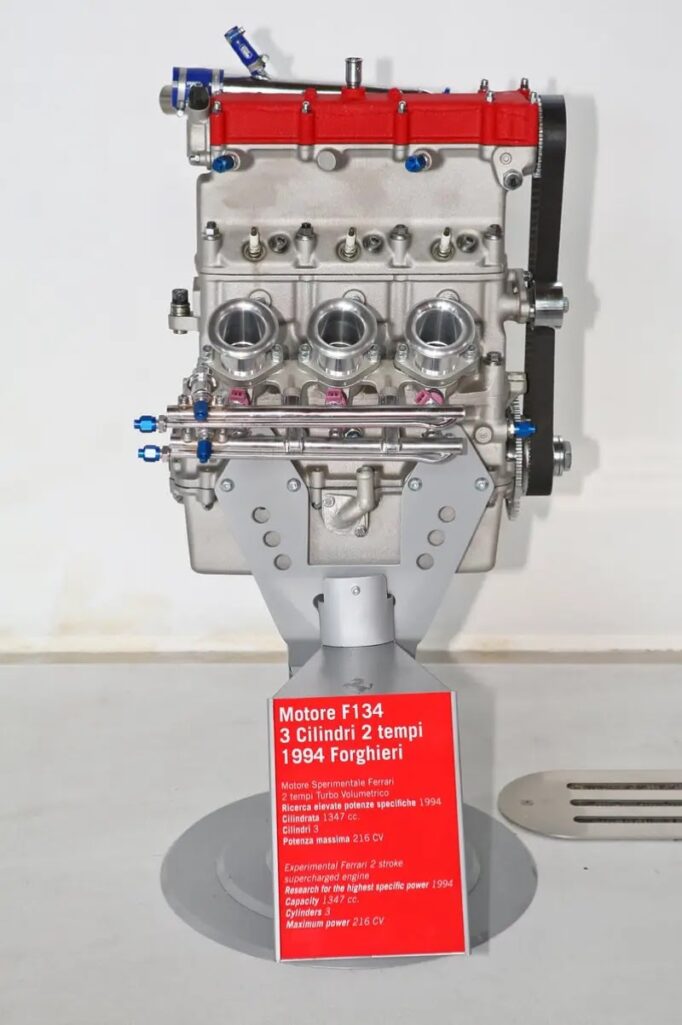
Ferrari brought the direct design to the two-stroke engine since the air and fuel were no longer mixed in the crankcase. The exhaust port was replaced with an exhaust valve at the same time. Fuel injection was also delayed, allowing extra air to be delivered to the combustion chamber, which solved the problem of exhaust gas scavenging.
Will the F1 switch to 2-stroke engines soon?
Even if Ferrari was able to improve the two-stroke design, 2-stroke might not come to F1. When it comes to new F1 engine manufacturers, such as Porsche and Audi, the FIA has declared that any decision made by the group of experts must appeal to them.
The creation of an advanced two-stroke engine for street use is just not practical for manufacturers, especially those who have recently joined the Formula One scene.
Furthermore, Formula One teams claim that the hybrid-electric powertrain would provide more power than the combustion engine. No one is interested in re-engineering the F1 combustion engine. Even if the debate continues, we’re likely to see improvements to the current powertrains for the time being. Although Ferrari has shown that two-stroke engines can be utilized, Formula One teams’ willingness to develop a new powertrain seems unlikely.



